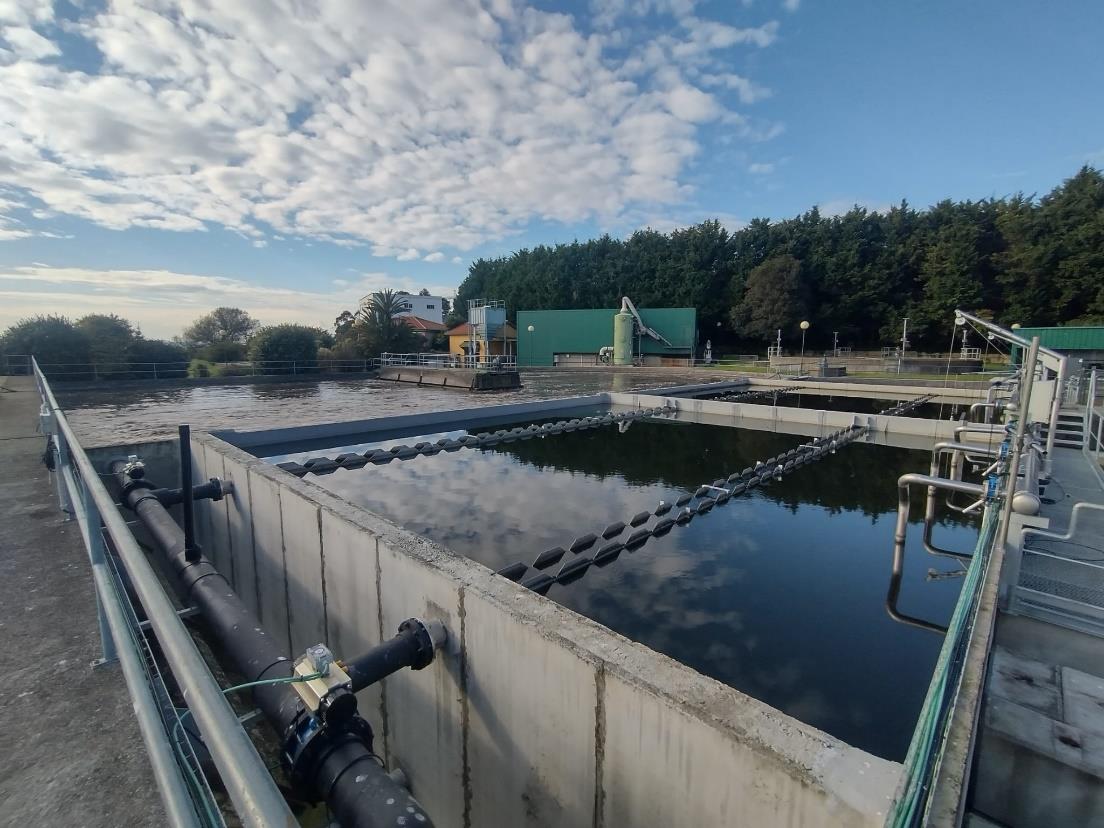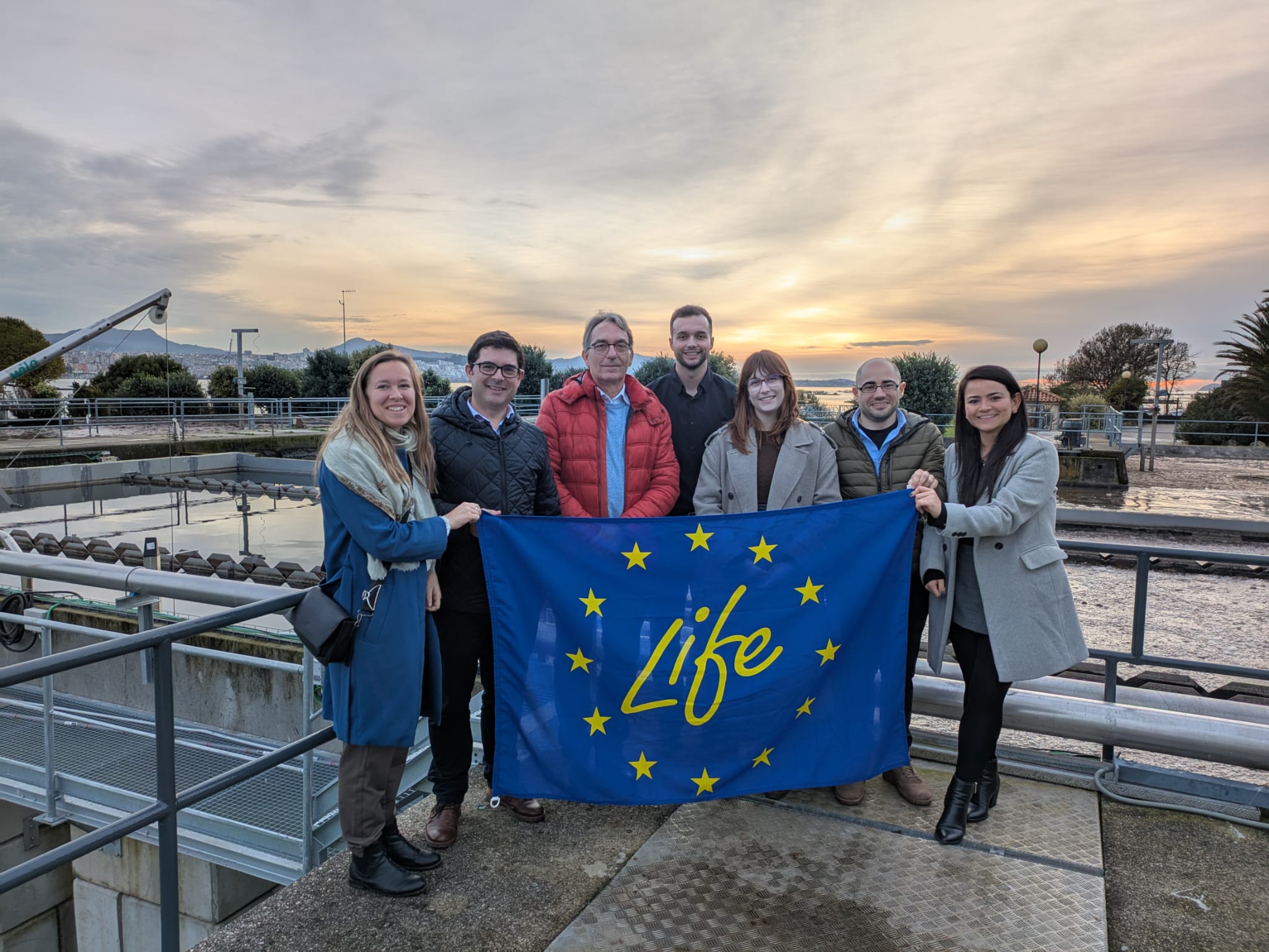
LIFE RESEAU aims to reduce up to 100% the discharges from unitary sewerage systems (USS) in areas with heavy rainfall. To achieve this, the consortium formed by Aqualia, ITG, and VCS Denmark is working on the development and validation of an innovative solution for the refurbishment and modernization of Wastewater Treatment Plants (WWTPs), where the activated sludge system (AS) is currently used.
Aerobic Granular Biomass
One of the locations where this is being developed is the Moaña WWTP (Pontevedra), where Aqualia has developed a technology based on aerobic granular biomass. Granulation is a well-known and established process in the industrial sector for anaerobic applications, where the water has high organic matter content and is at elevated temperatures. However, its application in urban wastewater in aerobic processes remains a significant challenge.
Aerobic granules are clusters of microorganisms that have a significantly higher settling capacity than the flocs in AS systems (settling velocities > 8.0 m/h versus 0.5–1.0 m/h). The diameter of these aggregates must be at least 0.2 mm, and they are expected not to suffer compaction after the sedimentation process. The technology based on aerobic granules presents the following advantages over conventional systems:
- Space utilization, as it is a compact technology that treats certain volumes of water using less space.
- Simultaneity of biological processes (removal of organic matter, nitrification, denitrification, and phosphorus assimilation), thanks to the stratification of different microbial populations inside the granule.
- Increase in both the plant’s treatment capacity and energy savings, since these groups of microorganisms are capable of treating higher flow rates in shorter periods of time.
- The excellent settling capacity of the granules eliminates the need for sedimentation tanks, saving a step in the process and economizing land use, in addition to reducing pumping and recirculation costs.
Thus, it is estimated that a plant based on granular biomass requires 75% less surface area and has 30% lower energy requirements compared to a conventional AS process, while achieving the same or better discharge quality.
As part of the LIFE RESEAU project, 2 reactors of 450 m³ have been designed, constructed, and started up, occupying a fifth of one of the carousel tanks at the Moaña WWTP, which was previously out of operation. Each reactor treats about 1000 m³/day of wastewater, increasing treatment capacity by 400% per unit area, freeing up the remaining volume of the carousel for use as a storm tank.
After starting up and inoculating one of the granular reactors, rapid improvements in sludge properties have been observed, maintaining the quality of the treated effluent. The formation of the first aerobic granules with approximate diameters of 1 mm has been noted, with a biomass presenting volumetric indices of approximately 45 mL/g TSS, improving the values of the conventional activated sludge formed in the old biological reactor, which remains in operation.
These series of advantages of granular biomass, demonstrated during the pilot operation at Moaña in the LIFE RESEAU project, make this technology attractive for replication, either by constructing new treatment plants, requiring less space than conventional systems and reducing civil works costs, or for existing plants, such as the one in Moaña, that need increased treatment capacity (for higher volumes or stricter requirements for organic matter or nutrient removal, as required by the new Wastewater Directive), by adapting the already constructed reactors.


